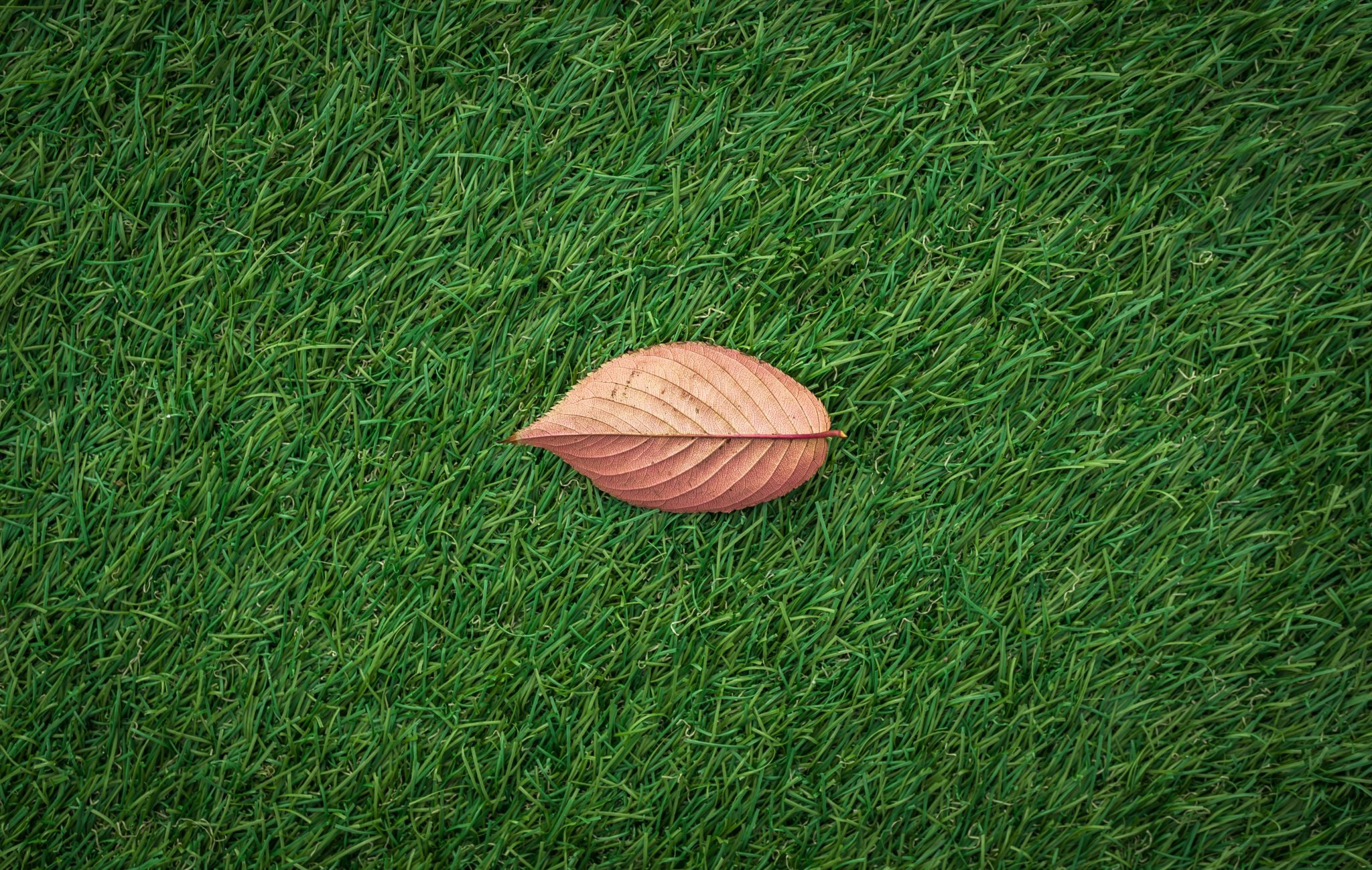Having a beautiful garden with big majestic trees is a dream come true for many. However, that’s until the roots of those trees don’t damage your sewer line. There’s nothing majestic about that except the royally high bills repairs and damage can add up to. The average cost for a main sewer line repair is nearly $2,500, according to HomeAdvisor. And your insurance won’t cover it if the problem is caused by wayward root growth, because this is classed as a ‘preventable cause’. Therefore, it’s essential that you do your best to prevent roots from damaging your sewer line. If all fails, you also need to use the most effective strategies for fixing the damage as fast as possible.
How to Prevent Root Damage to Your Sewer Line and What to Do If You Fail :
The most important thing to understand is that roots are naturally growing towards sewer lines seeking moisture and nutrients. Not having any trees directly on your property doesn’t guarantee the safety of your pipes either, because they grow for many feet underground and can get to you from the neighbors.
The first thing to do in order to prevent costly damage is creating a map of sewer lines running through your property. Next, you need to get them examined for leaks and replace any places with even the smallest crack. Even a tiny leak ‘attracts’ roots, which can grow into the pipe and wreak havoc on it and your lawn. To minimize the costs you can use modern trenchless methods of drain replacement. This approach allows replacing whole sections of sewer lines by digging only a few small holes. Therefore, you save money on landscaping restoration. This method of repair and replacement is also faster than digging a trench, so you can minimize the damage.
Now that you’ve ensured your sewer line system is perfectly fine and know exactly where the pipes are, you can move on to the ‘active’ prevention state. This starts with installing barriers that won’t allow roots to get to your pipes.
Like with drain replacement, you can choose between methods that will require digging up your lawn and ‘non-invasive’ options. The latter is chemical growth inhibitors, like potassium hydroxide or copper sulfate. Bear in mind that the vegetation in the area where you spread these chemicals can suffer to some extent. The other option is to plant metal or wooden barriers directly into the ground so they run along the pipes.
If you are only starting your garden, you have a chance to prevent root damage to sewer lines by designing it so the larger trees and shrubs are as far as possible from the pipes. You also need to choose the species with small root ball systems. Be sure to water them well so the plants don’t have to seek out additional moisture through the ground.
Root Damage to Sewer Line: How to Tell If You Aren’t Too Late?
One of the worst things about root damage to the pipes is that it’s very difficult to spot right away. And by the time it gets severe enough to be obvious, the repairs will cost a small fortune.
Regular inspections by professionals will help avoid this, but you also need to know warning signs to look out for. These include drain clogs, wet patches on your lawn, and slow-flowing drains. In case of any of these, contact a professional plumber to find the reason as fast as possible.
Read Also :























